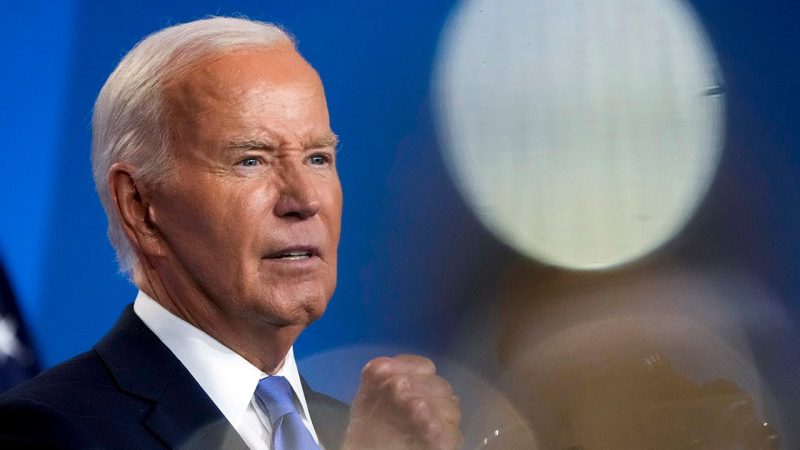
The use of an autopen in the White House has sparked a fresh wave of controversy, with Republicans launching an investigation into the practice and President Biden firmly defending his administration’s actions. The autopen, a device that replicates a signature, has been used to sign various documents, raising questions about the President’s direct involvement and the legitimacy of the process.
President Biden, addressing the ongoing investigation, doubled down on his use of the technology, insisting that he personally authorized each and every signature produced by the autopen. He stated unequivocally, ‘I made the decisions,’ emphasizing his direct role in the process. This statement comes as a direct response to Republican critics who have expressed concerns about the potential for misuse and a lack of transparency.
Republicans, however, remain unconvinced. They argue that the use of an autopen raises serious questions about the authenticity of official documents and the appropriate level of presidential oversight. The investigation aims to shed light on the extent of the autopen’s use, the types of documents signed, and the overall chain of command involved. This scrutiny adds to existing political tensions and further fuels the ongoing debate surrounding executive power and transparency.
The controversy highlights a growing clash between the executive branch and its critics over the use of technology in official processes. The use of an autopen, while perhaps efficient, has raised concerns about the potential erosion of traditional practices and the implications for accountability. As the investigation proceeds, the public will be watching closely to see what information comes to light and how this impacts the ongoing political discourse. The debate over the autopen serves as a microcosm of larger concerns about transparency and the balance of power in the American political system.










